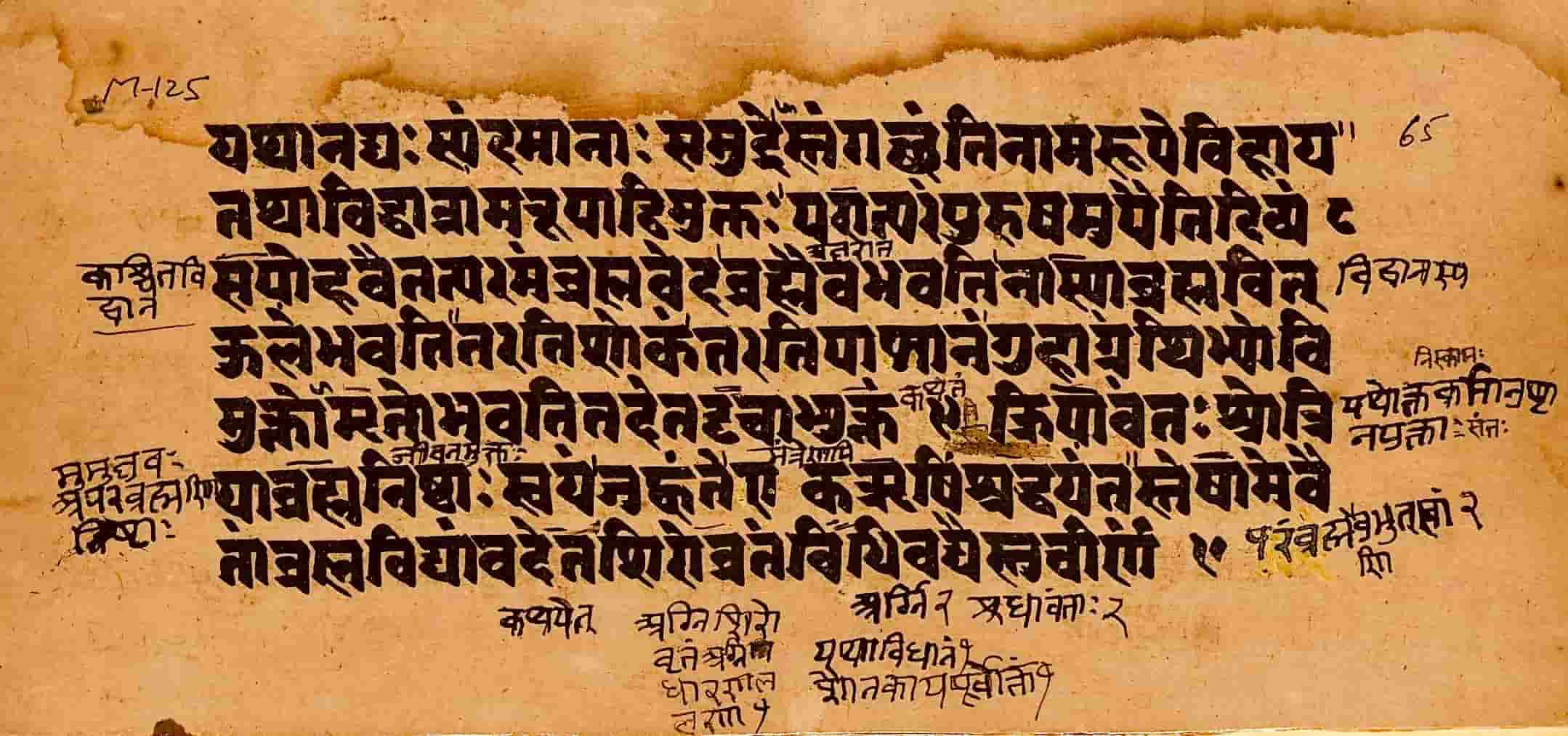
Sanskrit language
Sanskrit language, The world’s first book, the Rigveda, was written in the ancient and classical language of Sanskrit, which is native to India. According to various scholars, the Vedas date back to 6500 B.C. C. To 1500 B. C. Prior to that, Sanskrit’s expressiveness must have developed.
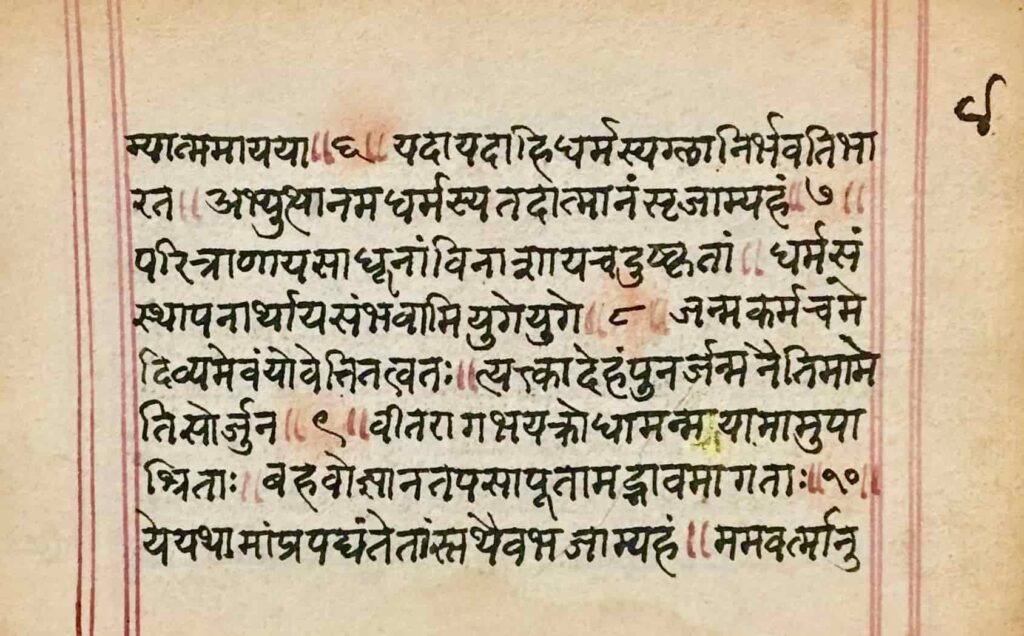
The first place Sanskrit was written down was not India, but rather Syria. The Mitanni people of Syria are the oldest known Sanskrit speakers, and the Narendra Modi administration is currently celebrating the language.
Vedic Sanskrit
The Vedas, written in what is known as Vedic Sanskrit, are the oldest known texts in the Sanskrit language (from Sanskrit saskta, “adorned, cultivated, purified”), an Old Indo-Aryan tongue. The very first texts, such as the Rigveda (“The Veda Composed in Verses”), which scholars typically date to around 1500 BCE, originate from the northwest of the Indian subcontinent, the region of the ancient seven rivers (sapta sindhava). This is true even though Vedic documents represent the dialects that were then spoken in the northern midlands of the Indian subcontinent and areas immediately to its east.
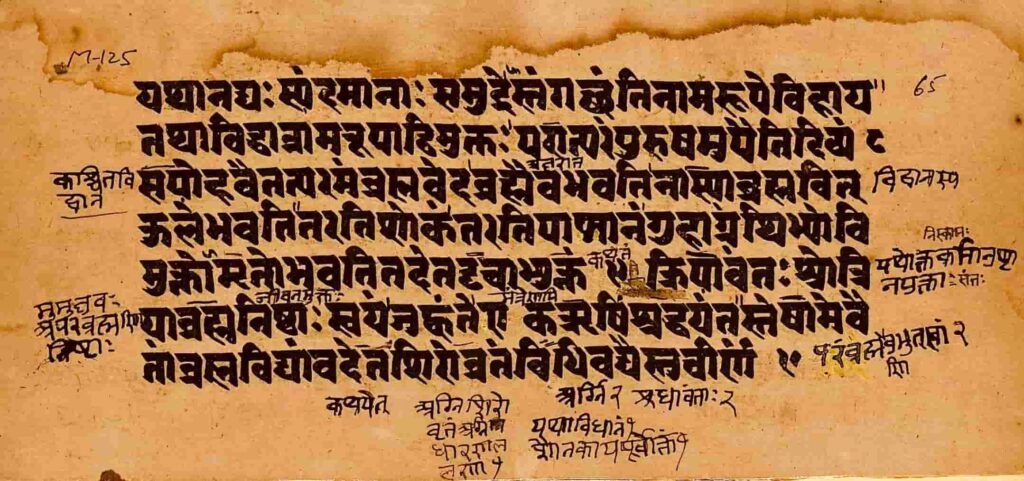
An elegant description of what is commonly referred to as Classical Sanskrit—but is actually a language closely related to late Vedic as it was spoken at the time in the northwest of the subcontinent—was provided in one of the finest grammars ever created, the Adhyyy (“Eight Chapters”) written by Pini (c. Sixth to fifth century BCE). The Adhyy, in turn, was the subject of an extensive commentatorial literature, the records of which date from Ktyyana’s time (4th–3rd century BCE) onward. The Vkyapadya (“Treatise on Sentence and Word”) of Bharthari (late 6th–7th century CE), considered the pinnacle of semantics and language philosophy work, is a long-standing body of work in the same Pian tradition.
History Of Sanskrit language
Throughout its lengthy history, Sanskrit has been written both in Devanagar script and in a number of regional scripts, including Rad from the north (Kashmir), Bgl (Bengali) in the east, Gujart in the west, and a number of southern scripts, including the Grantha alphabet, which was created specifically for Sanskrit texts. Despite Devanagar’s increasing popularity in recent years, Sanskrit texts are still frequently published in regional scripts.

There is a sizable body of literature in Sanskrit that addresses a variety of topics. The Vedic texts are among the earliest compositions. There are also significant dramatic and poetic works, though it is difficult to pinpoint the exact dates of many of these pieces and who wrote them. Important authors and works include Bhsa (for example, his Svapnavsvavadatta [“Vsavadatta in a Dream”]), who is dated between the first and fourth centuries CE but is unquestionably older than Klidsa, who mentions him; Klidsa is known for writing akuntal (more specifically, Abhijnakuntala;
Recommended: Top Amazing 7 Places To Visit In Gangtok
“The Recognition of akuntal,” “Urva Won Through Valor,” and “. Additionally written in Sanskrit are the two epics Rmya and Mahbhrata, the former of which is regarded as India’s first poetic creation (dikvya). Major examples of didactic literature include the Pacatantra (“Treatise in Five Chapters”) and the Hitopadea (“Beneficial Instruction”). Along with writings on logic, astronomy, and mathematics, Sanskrit was also the language used to pen treatises from various philosophical schools.
Uses Of Sanskrit language In Different Countries
Sanskrit is not only used in Hindu writings. Jaina and Buddhist scholars, particularly Mahyna Buddhists, have also used it. Additionally, Sanskrit is still used in periodicals, radio, television, and film, as well as in scholarly, literary, and technical media. It is also acknowledged as a classical language and an official language in India’s constitution.
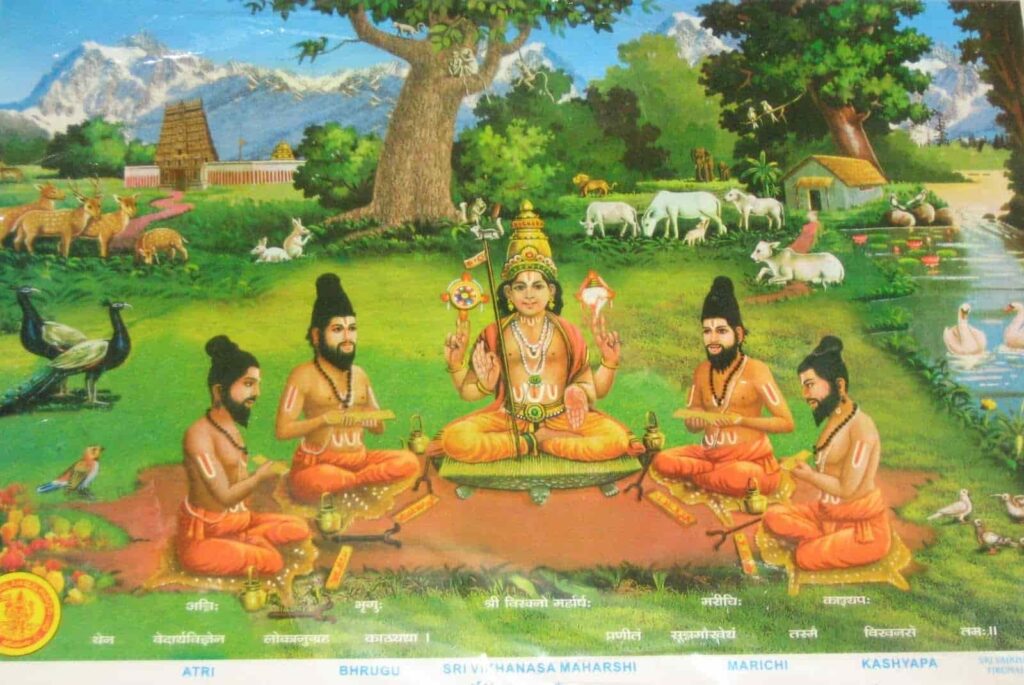
Sanskrit is similar to other early Indo-European languages like Greek and Latin in terms of grammatical structure. It has inflectional patterns. For instance, the Sanskrit nominal system, which includes nouns, pronouns, and adjectives, has a vocative in addition to three genders (masculine, feminine, and neuter), three numbers (singular, dual, and plural), and seven syntactic cases (nominative, accusative, instrumental, dative, ablative,, genitive, and locative). However, a complete set of distinct forms, including the nominative devas (deva before a pause), accusative devam, instrumental devena, dative devya, ablative devt, genitive devasya, locative deve, and vocative deva, only appear in the singular of masculine -a- stems of the type deva-, “god.”.
Adjectives Are Inflected, Sanskrit language
Adjectives are inflected to agree with nouns, and in some situations, there are specific pronominal forms: e. G. That one, tasmai, tasmt, or tasmin (in the masculine-neutral dative, ablative, and locative singular, respectively). ‘.
For tense, mode, voice, number, and person, verbs inflect. These can be demonstrated by third-person active forms of pac, such as the present indicative pacati, which means “cooks, is cooking,” the proximate future pakyati, which means “will cook,” which refers to an act that will occur at some point in the future, possibly on the day that one is speaking, and the non-proximate future pakt, which means “will cook,” which refers to an act that will occur at some point in the future, such as in the.
‘ There are also middle forms (‘cook for oneself’) corresponding to the forms just cited: pacate ‘cooks, is cooking,’ pakṣyate ‘will cook,’ paktā ‘will cook,’ apakta ‘cooked, has cooked,’ apacata ‘cooked,’ pece ‘cooked,’ pacatām ‘should, must cook,’ pakṣīṣṭa ‘may cook,’ apakṣyata ‘if (I) cooked, if (I) had cooked, if (I) would cook, if (I) would have cooked. As with the third singular present indicative pacyate, which is being cooked, there is also a passive. ‘Early Vedic retains traces of an earlier aspectual contrast between perfective and imperfective.
Importance of Sanskrit language
Sanskrit’s significance: Sanskrit, India’s primary language, is where we learned everything we know about our nation’s customs, morals, and religious beliefs. It was passed down to us as a legacy and has provided a wealth of information about bygone eras. The only language that has managed to keep its perfect clarity is Sanskrit. The Vedic period and its civilizations are described in terms of the ancient Indian language. The word “samskar” is the root of the name and means “to put together or compose.”.
About Sanskrit Language
A refined and sophisticated speech pattern is also referred to as Sanskrit. It is the most important and revered language in Hinduism. In important ceremonies like prayers, weddings, and other spiritual activities, only this language is used to carry out all the ritual rites. Sanskrit is used to recite hymns, mantras, and shlokas because it is considered to be the most sacred and pure language. In India, Sanskrit is regarded as the mother tongue of all other languages and is known as the deva-bhasha, or Lord of languages. There’s a chance that it’s one of the world’s oldest languages.
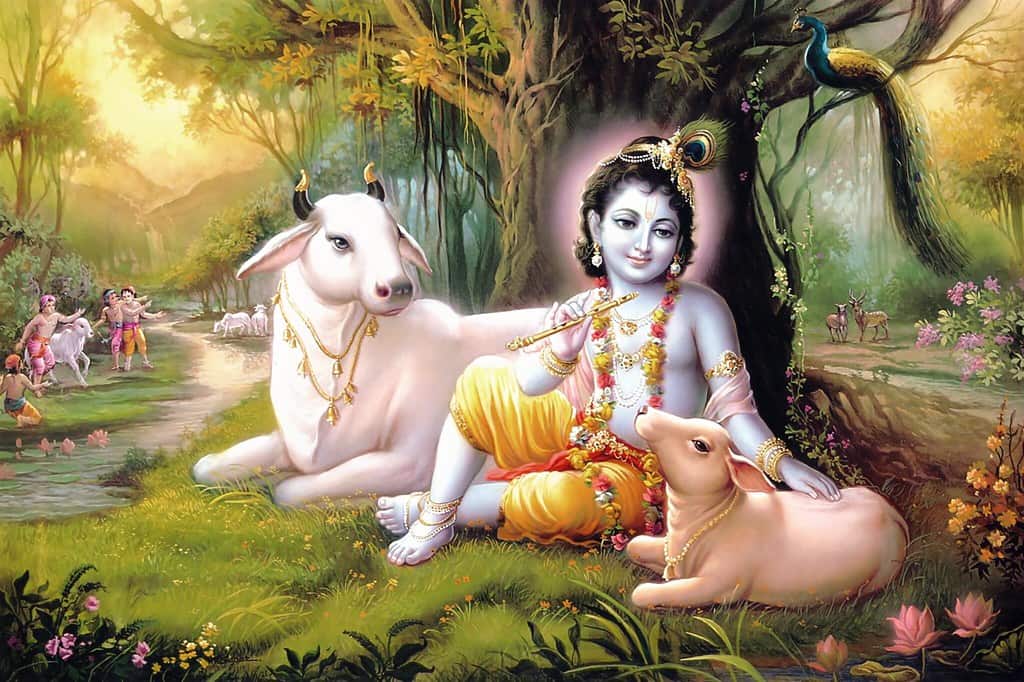
This language is regarded as being more refined than either Latin or Greek and more perfect than either. Connoisseurs like Pandit Jawaharlal Nehru, Mohandas Karamchand Gandhi, Max Mueller, Mrs. Indira Gandhi, and Sir William Jones, to name a few, consider Sanskrit to be the most scientific language and the ideal means of communication. It sets itself apart from other languages by being the only one to have a built-in system for word formation, pronunciation, and grammar.
Base of Sanskrit Language
Sanskrit is composed of words and syllables with roots. Sanskrit is thought to be the ancestor of both verbal and written communication because it is the only language that is derived from a root, and since no other language possesses this quality. The Ramayana and Mahabharata, two of India’s greatest epics, are written in this language. With over 100,000 verses, the Mahabharata is the largest epic in the world. Additionally, NASA recommends it as the best language for use in computational linguistics and AI. No other language can compare to Sanskrit’s excellent grammar.
FAQs: sanskrit language
Who spoke Sanskrit language first?
Fact check: India wasn’t the first place Sanskrit was recorded – it was Syria. As the Narendra Modi government celebrates Sanskrit, a look at the oldest known speakers of the language: the Mitanni people of Syria.
What is Sanskrit language called?
Sanskrit language, (from Sanskrit saṃskṛta, “adorned, cultivated, purified”), an Old Indo-Aryan language in which the most ancient documents are the Vedas, composed in what is called Vedic Sanskrit.
Was Sanskrit born in India?
Sanskrit is an ancient and classical language of India in which ever first book of the world Rigveda was compiled. The Vedas are dated by different scholars from 6500 B.C. to 1500 B.C. Sanskrit language must have evolved to its expressive capability prior to that.
